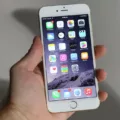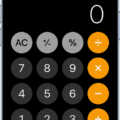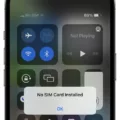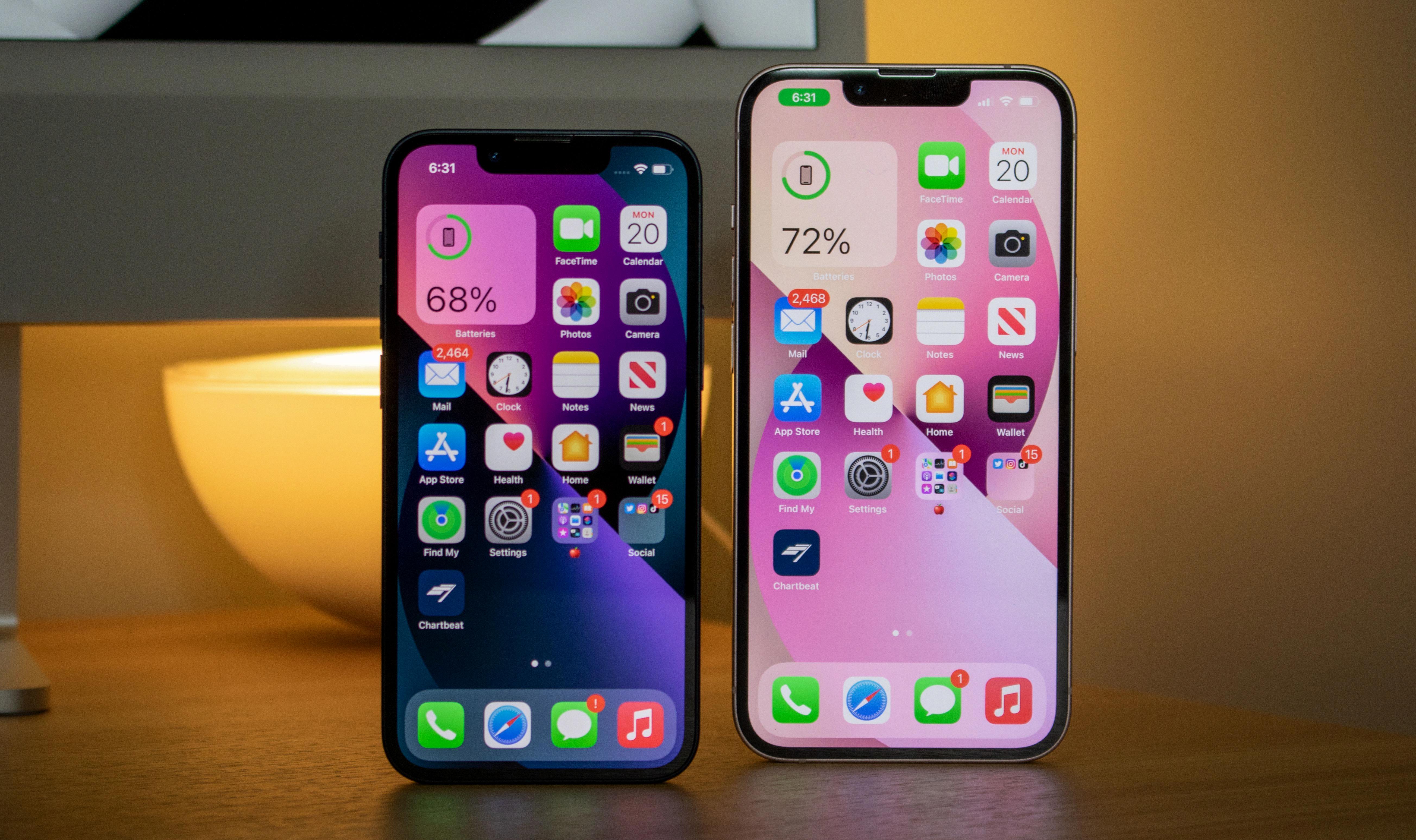One common issue that iPhone users may encounter is when the swipe up function on their device stops working. This can be frustrating, as it prevents users from accessing important features such as the Control Centre or unlocking their device. However, there are several steps you can take to troubleshoot and fix this problem.
Firstly, it is recommended to check if your iPhone’s software is up to date. Sometimes, a simple software update can resolve any glitches or bugs that may be causing the swipe up function to malfunction. To update your iOS, go to Settings > General > Software Update and follow the prompts to install any available updates.
If updating the software does not solve the issue, the next step is to perform a force reboot on your iPhone. This can help refresh the system and resolve temporary glitches. The method to force reboot varies depending on the iPhone model you have. For iPhone X or newer models, quickly press and release the volume up button, then quickly press and release the volume down button, and finally press and hold the side button until the Apple logo appears. For older models with a home button, press and hold the power button along with the home button until the Apple logo appears.
Another possible solution is to enable the Control Centre on the lock screen. Sometimes, the swipe up function may be disabled on the lock screen, preventing access to the Control Centre. To enable it, go to Settings > Face ID & Passcode (or Touch ID & Passcode for older models) and make sure the “Control Centre” option is toggled on under the “Allow Access When Locked” section.
Similarly, you may need to enable access to the Control Centre within apps. Some apps may restrict the swipe up function, so you will need to check the settings for each individual app. To do this, go to Settings > Control Centre and make sure the “Access Within Apps” option is toggled on.
If the issue persists, it is possible that there may be a software issue with your iPhone. In this case, you can try fixing the problem without losing your data by using a professional iOS repair tool. These tools can help diagnose and fix various software issues without the need for a full restore.
In some cases, certain options within the Control Centre may be causing conflicts and preventing the swipe up function from working properly. To troubleshoot this, you can remove problematic options from the Control Centre. Go to Settings > Control Centre > Customize Controls and remove any options that you suspect may be causing the issue. You can always re-add them later if needed.
If you’re experiencing issues with the swipe up function on your iPhone, there are several troubleshooting steps you can take to fix the problem. Try updating your iOS software, performing a force reboot, enabling the Control Centre on the lock screen, enabling access within apps, using a professional iOS repair tool, and removing problematic options from the Control Centre. Hopefully, one of these solutions will help resolve the issue and restore full functionality to your iPhone.
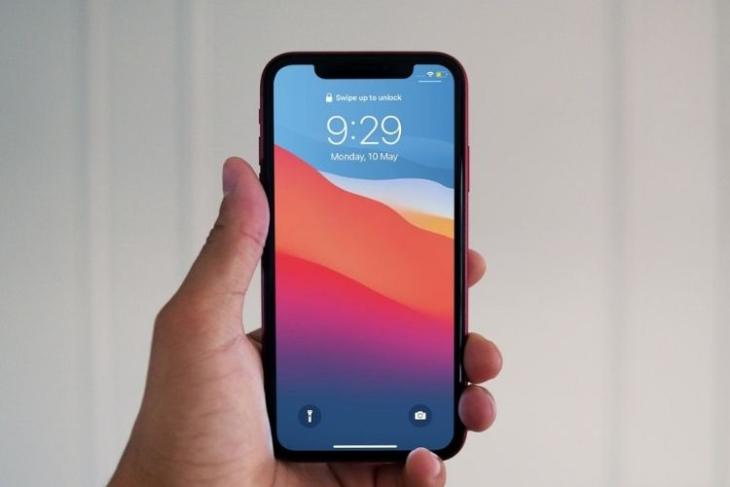
What Do You Do When Your iPhone Won’t Swipe?
When your iPhone won’t swipe, it can be frustrating as it hampers your ability to navigate through the device. However, there are several steps you can take to fix this issue. Here are some solutions to try:
1. Update iOS Version: Ensure that your iPhone is running the latest iOS version. Sometimes, outdated software can cause glitches and affect the swipe function. To update, go to Settings > General > Software Update and install any available updates.
2. Force Reboot Your iPhone: Performing a force reboot can help resolve minor software glitches that may be causing the swipe issue. The steps for force reboot differ depending on the iPhone model. Refer to Apple’s official website or user guide for instructions specific to your device.
3. Fix iPhone 15/14 Won’t Swipe Up to Unlock: If you have an iPhone 15 or 14 model and the swipe up gesture isn’t working to unlock your device, try the following steps. Go to Settings > Accessibility > Touch > Back Tap, and disable any enabled options. This may resolve the conflict and restore the swipe up functionality.
4. Enable Control Centre on the Lock Screen: If you can’t swipe up to access the Control Centre from the lock screen, ensure that it is enabled. Go to Settings > Face ID & Passcode (or Touch ID & Passcode for older models) > Allow Access When Locked, and toggle on Control Centre.
5. Enable Access to Control Centre within Apps: If you are unable to swipe up to access the Control Centre while using apps, make sure the option is enabled. Go to Settings > Control Centre > Access Within Apps, and toggle it on.
6. Fix iPhone Software Issue without Data Loss: If the swipe issue persists, you can use professional iOS system repair tools like Dr.Fone – System Repair (iOS) or iMyFone Fixppo to fix the software problem without losing any data. Follow the instructions provided by the software to repair the system.
7. Remove Problematic Options from the Control Centre: If certain options in the Control Centre are causing conflicts, try removing them. Go to Settings > Control Centre > Customize Controls, and tap the red minus (-) button next to any problematic options. Then, try swiping up again to see if the issue is resolved.
If none of these steps solve the swipe issue, it may be necessary to contact Apple Support or visit an authorized service center for further assistance.
How Do You Lock Your iPhone Screen From Touching?
To lock your iPhone screen from touching, you can enable a feature called Guided Access. Here’s how you can do it:
1. Go to the Settings app on your iPhone.
2. Scroll down and tap on “Accessibility.”
3. In the Accessibility menu, tap on “Accessibility Shortcut” (it’s at the bottom of the list).
4. On the next screen, locate “Guided Access” and tap on it to enable it. This will add Guided Access to your accessibility shortcuts.
Now that you have enabled Guided Access, you can use it to lock your iPhone screen from touching. Here’s how:
1. Open the app you want to use and lock the screen (you can do this by pressing the power button or using the side button on newer iPhones).
2. Once the app is open and the screen is locked, triple-click the home button (or the side button on newer iPhones) quickly.
3. This will activate Guided Access and you will see options on the screen.
4. If you want to restrict touch input to a specific area, draw a circle around that area on the screen.
5. You can also disable certain hardware buttons like the volume buttons or the sleep/wake button by toggling them off.
6. Once you have configured the settings, tap on “Start” at the top-right corner of the screen.
Your iPhone screen is now locked using Guided Access. To unlock it, triple-click the home button (or the side button on newer iPhones) again, enter your passcode (if prompted), and tap on “End” at the top-left corner of the screen.
Using Guided Access allows you to lock your iPhone screen from touching and restrict access to specific apps or areas of the screen, making it useful for parents who want to prevent their children from accidentally accessing other apps or making unwanted changes on their iPhone.
Conclusion
The iPhone is a highly advanced and popular smartphone that offers a wide range of features and functionalities. From its sleek design to its powerful performance, the iPhone has become a favorite among users worldwide.
However, like any electronic device, the iPhone is not immune to issues or glitches. One common problem that users may encounter is the swipe up not working on the iPhone. This can be frustrating as it hinders the user’s ability to access important features like the Control Center or unlock the device.
Fortunately, there are several solutions that can help fix this problem. First, it is recommended to update the iOS version on your iPhone. Software updates often include bug fixes and improvements that can resolve various issues, including problems with the swipe up feature.
If updating the iOS version does not solve the problem, a force reboot of the iPhone can be attempted. This can be done by pressing and holding the power button and the volume down button (or the home button, depending on the iPhone model) simultaneously until the Apple logo appears.
Enabling access to the Control Center on the lock screen and within apps can also help resolve the swipe up issue. This can be done by going to the Settings app, selecting Control Center, and ensuring that the options for accessing the Control Center are enabled.
In some cases, the swipe up problem may be caused by a software issue. In such cases, it may be necessary to fix the iPhone’s software without losing any data. This can be done using professional software tools that can repair the device’s operating system.
Additionally, removing problematic options from the Control Center can also help resolve the swipe up issue. By going to the Settings app, selecting Control Center, and customizing the options, users can remove any features or shortcuts that may be causing conflicts or disruptions.
The swipe up not working issue on the iPhone can be resolved by updating the iOS version, force rebooting the device, enabling access to the Control Center, fixing the software, or removing problematic options. By following these steps, users can regain full functionality of their iPhone and continue to enjoy all its features and capabilities.








